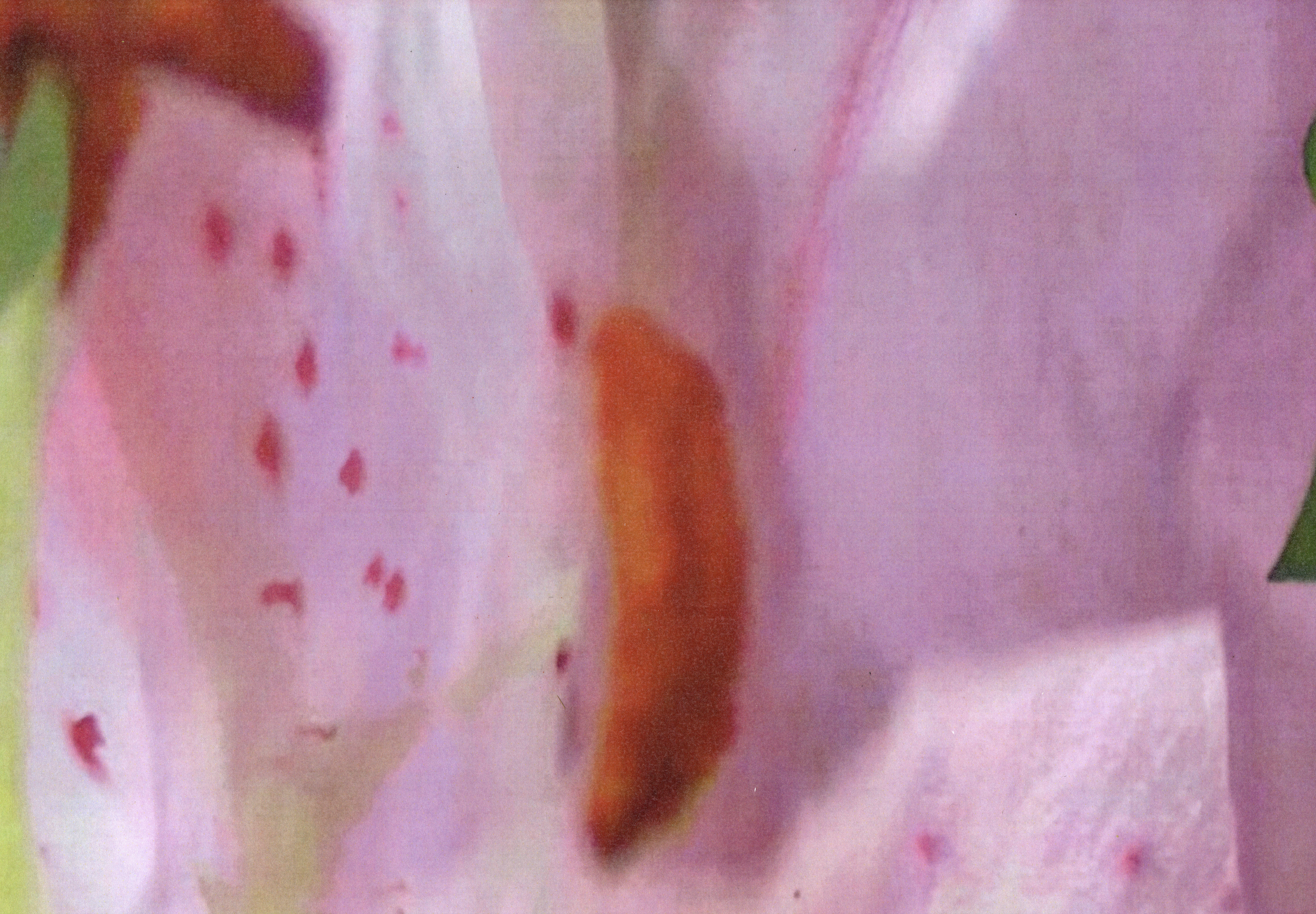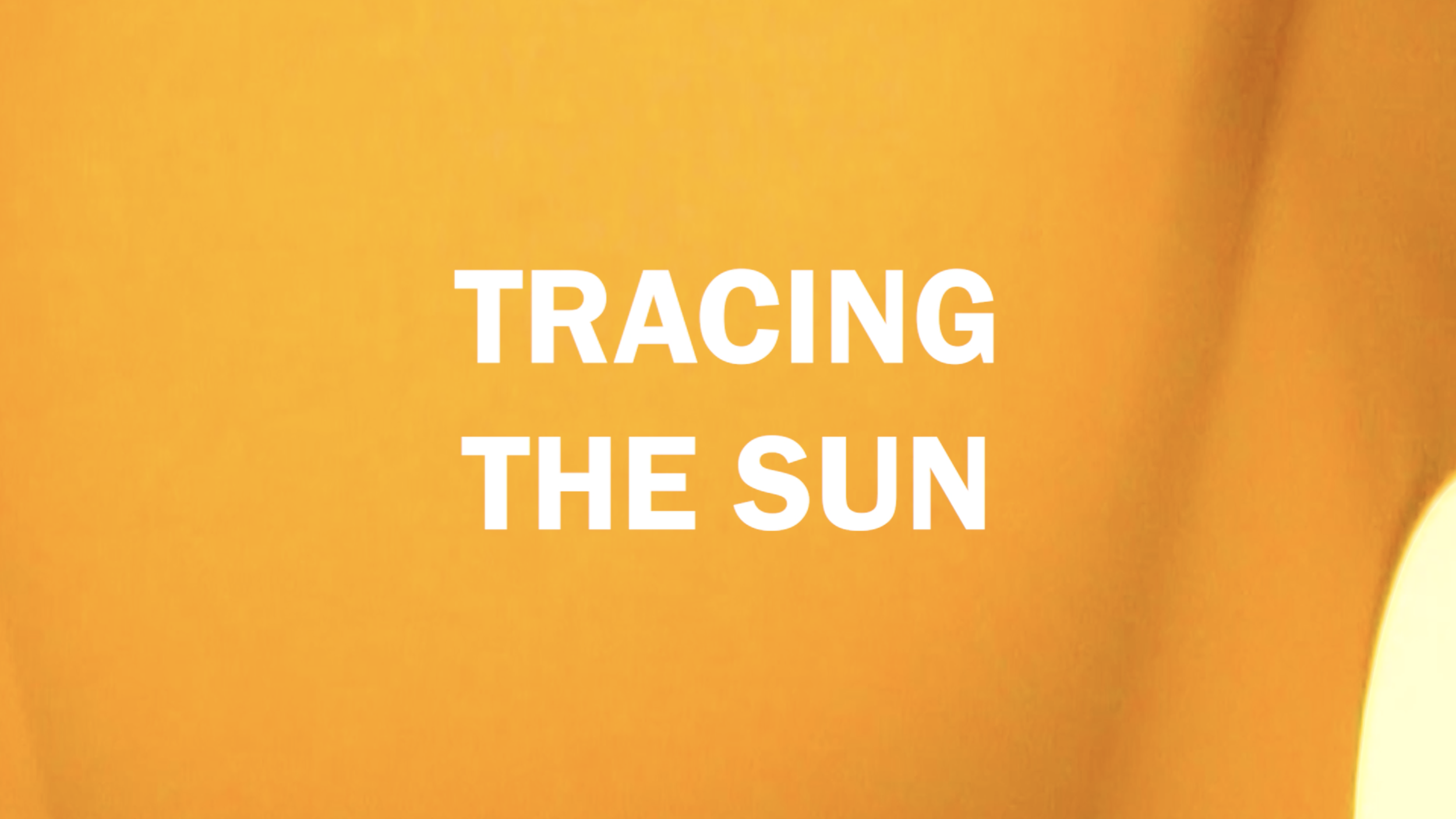Peter Spanjer – FLOOD OF MEMORY
Our first moving image commission is by emerging London-based artist Peter Spanjer, co-curated by Ruth Waters and Tony Tremlett.
Ruth and Tony interviewed Peter about the textural work titled FLOOD OF MEMORY, ahead of the official opening event on the 16th of March, which marks the start of the spring season, as well as the inauguration of Shoreditch Arts Club. FLOOD OF MEMORY is screening until the 31st of May 2023.
Peter, we are super excited to have you as our first moving image commission for Shoreditch Arts Club. Would you mind telling us a little bit about yourself and how you came to be an artist producing moving image work?
In short, both of my parents are Nigerian but I grew up in Germany. I was brought up until my early teenage life in a city called Bremen where as a kid, I don’t have any recollections of being exposed to art or it having any type of impact on me. I was however, completely enamoured of pop culture and music videos so I would quite obsessively collect teen magazines and watch MTV every moment I could. Those were my pillars of visual culture for a long time. It wasn’t until I came into my early 20’s and discovered people like Arthur Jafa, Adam Curtis and Laure Prouvost when I realised that I was able to adapt my love for visual storytelling into an art form which felt intuitive and the most natural to me.
Peter Spanjer photographed by Beth Davis.
You’ve titled the exhibition FLOOD OF MEMORY. Could you tell us a bit about this title and the ideas behind the commission?
The title actually came to me as I was piecing the work together when looking through some of the footage I shot over lockdown between 2020 and 2021. In a way the title is quite literal as the moving images are a compilation of my archived footage from a time when the world was changing, but strangely these images didn’t speak to me in that context at all when I looked back over them. It felt like my brain reconstructed my memory to create a new, fictional memory. So in response I started looking into this concept of extreme emotionally arousing events that were producing memories that are not accurate or sometimes did not happen.
Usually within my work I am deconstructing something which is very real to me but for this work I became interested in placing an aspect of fiction into these moments of reality. So while putting together the work, I wrote a text titled Tracing The Sun with My Eyes Closed which was written in complete stream of consciousness. I would classify the text as fiction but once I wrote it and placed it within the work, I felt that it grounded the piece in a space where it was communicating with the viewer in a very real and honest way. This is also the reason why the work does not have sound to accompany it — it’s about connecting the text to the images and the images to the space.
Text and image seems to be an important part of your video works; the directness of the text combined with the more poetic imagery. Would you mind telling us about how and why you bring the two together?
An important aspect of my practise as a filmmaker is allowing the viewer to go through their own journey and discovering parts that they connect with. I actually go through the same process when creating these works; rather than letting the text dictate the image or vice versa, I see it as mixing two colours together and using my intuition to decide whether it works or not. That’s why editing is my favourite but also the most intimate part of the process for me — you get to play and experiment; a lot of the times it doesn’t work but sometimes it does and you don’t really know why.
There are certain recurring motifs in your video works, from abstract footage of the body to waves, flowers and colour. What is it about these images that keeps bringing you back to them?
For this particular commission I chose to revisit some of my past works because upon seeing the space I became instantly drawn to the idea of texture which is something I’ve touched upon in previous pieces. Texture of skin for example is something I find really intimate but is also something which carries underlying contexts which I explore more overtly in my films. Within the space, I wanted to play with texture of skin and flowers to the extent of being unrecognisable — tracing back to this idea of real vs not real; creating abstract figures that require an emotional/ intuitive response to the colours and the movements rather than the objects themselves. The text displaces the audience from the imagery and allows them to draw their own connotations. This means that everyone experiences a different response to the work as a whole.
Peter Spanjer – FLOOD OF MEMORY will be on view until 31st May 2023.
For the commission you are collaborating on a performance with the musician Loshh, can you tell us a little bit about what to expect and also what drew you to collaborating with him?
Sound and music have always been a big part of my work but I’ve never really explored it within performance. I also wanted to push the visual aspect of the performance by world building and making full use of the space, the screens and the audience. Loshh is a really interactive performer so it’s been interesting seeing our ideas intersect to create something that neither of us have done before but also something that excites us both. I’ve always known that we would work together in some capacity; Loshh is extremely talented and has a strong vision and while we also have a friendship it’s been great to see our trust for each other extended to our practices.
And finally, are you working on any new projects and what can we expect from you in 2023?
This year and probably spilling into next year, I really want to focus on world building and extending my moving image practise. Working on this commission has been great in opening me up to the multiplicity of my practise so I will keep pursuing that. What form that will take, I don’t know just yet...










